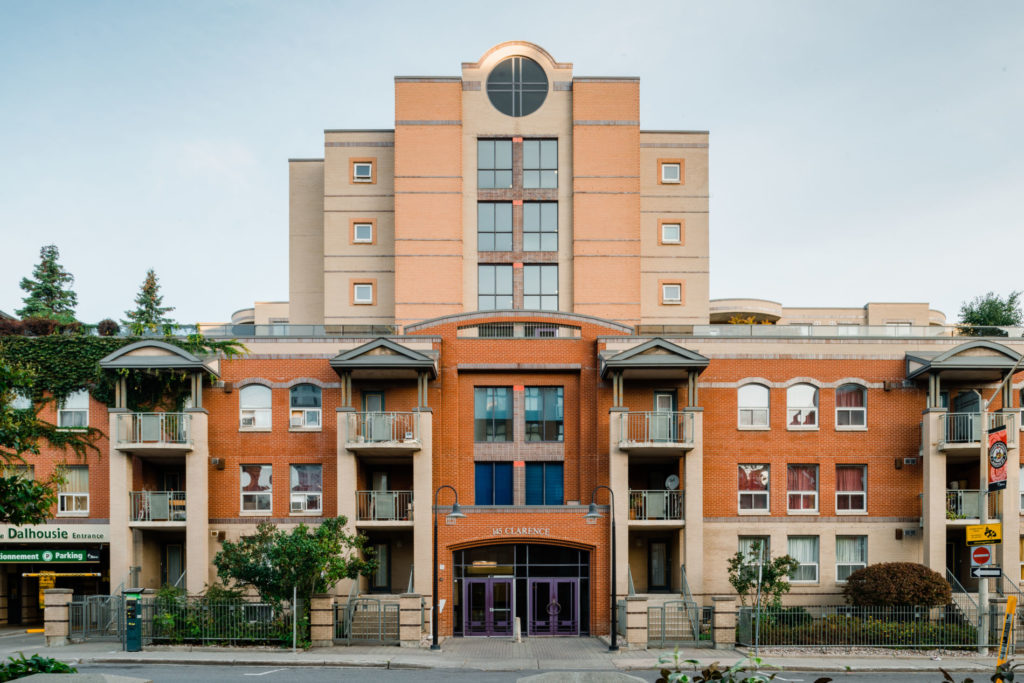Inclusionary Zoning Misses the Mark
January 23, 2018EditorComments 0
After creating a lot of hope by passing legislation allowing inclusionary zoning, the province messed this up and drafted a set of regulations that mean that very few (if any) municipalities will enact local inclusionary zoning bylaws. And those that do will find it doesn’t get them very far.
Inclusionary zoning is an established practice in many jurisdictions, notably the United States.
In the same way that existing zoning bylaws allow municipalities to determine how high a building can be, how many parking spaces are required, or what sorts of businesses can operate on certain streets, inclusionary zoning allows municipalities to require developers to include some measure of affordable housing in their projects.
Despite 40 years of American experience and lessons on what works, the Province of Ontario has drafted regulations that bear no resemblance to any other known inclusionary zoning policy in any other jurisdiction.
Municipalities and housing advocates are puzzled and dissatisfied.
Here’s why the provincial regulation falls short:
- The maximum set-aside for affordable housing will be 5% (10% near major transit stations). Successful inclusionary zoning policies typically require at least 15% to 20%. The City of Ottawa’s existing Official Plan calls for 25%. But without provincial inclusionary zoning regulations, there is no mechanism to enforce their target. Under the proposed regulations, it would still be unenforceable.
- All rental housing developments will be exempt from any inclusionary zoning. This misses a big opportunity to deliver truly affordable housing. Low and modest income people are frequently unable to come up with cash down payments to buy a home, even at a reduced price. And many are quite reasonably apprehensive about the risks associated with the unpredictable repair and maintenance costs from owning their homes. Rental housing is by definition more economically accessible, but the proposed regulation will not deliver one single rental home.
- There is no definition of what “affordable” means. While this definition will be left up to each municipality, other parameters, like the 5% limit, the 20 unit trigger point and the mechanisms to keep homes affordable are all very specific and prescriptive. A good policy balances all these factors to find a compromise that all stakeholders can live with. It’s perplexing that the province is so specific in some areas and so vague on this key point.
- Locations will have to be designated for inclusionary zoning, rather than the policy applying across an entire municipality. This suggests that what we will really get is exclusionary zoning; NIMBYism enshrined into bylaws.
- Municipalities will be required to pay 40% of the affordability gap. A 2017 report on international inclusionary zoning practices published by CMHC specifically concluded that financial subsidies are NOT needed for inclusionary zoning to be effective. The report recommends that financial incentives should only be used where the municipality chooses to incent a developer to deliver beyond the minimum requirements.

Mixed income, affordable housing is important to community resilience and vibrancy.
Evidence in other cities with inclusionary zoning shows that the affordability cost is typically absorbed through lower land prices: the land has to be developed with some affordable housing, so the land purchase price reflects that because developers are not willing to pay as much for land. This has the added bonus of controlling speculative inflation on land – which itself is a problem for affordability. Making municipalities cough up 40% of the affordability actually reduces this positive effect of inclusionary zoning.
A good inclusionary zoning policy would set reasonable parameters that deliver meaningful new affordable housing without harming the financial sustainability of the developments themselves. There is ample evidence from other jurisdictions that this is possible.
Disappointingly the Province of Ontario has chosen to ignore the evidence. And indeed, they have also seemingly ignored their own goal to increase the supply of affordable housing – because this proposed regulation simply won’t do that.






